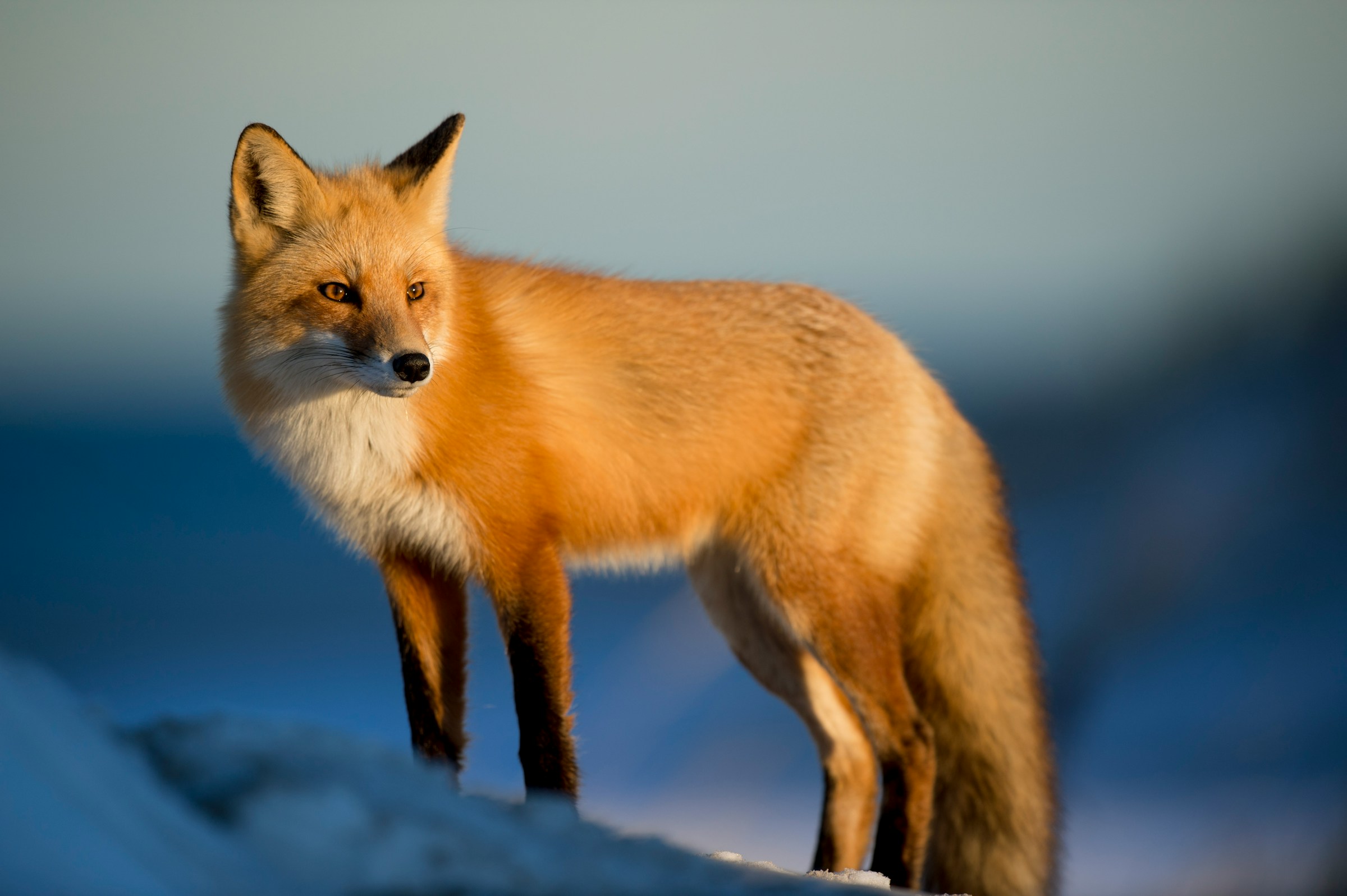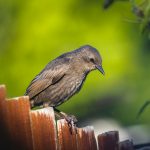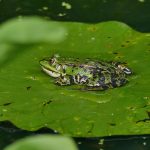Wildlife crime poses a serious threat to the environment, society and the economy. It involves the illegal trade of animals and bird species, with many offences committed in the rural areas of the UK. Wildlife crime is not only an offence against nature, but it also disrupts the balance of our ecosystem, thus causing significant harm to the biodiversity of the countryside. As responsible citizens, it’s important that we are armed with the right knowledge and skills to identify and combat this menace.
Understanding the Nature and Scope of Wildlife Crime
Before we delve into the ways of identifying and combating wildlife crime, let’s first understand the nature and scope of this offence. Wildlife crime encompasses a wide range of illegal activities, such as poaching, illegal trapping or killing of wild animals and birds, badger baiting and unlawful trade in wildlife products.
A voir aussi : How to recognize signs of disease in UK garden birds and what actions to take?
Poaching is one of the most prevalent forms of wildlife crime, often fuelled by the lucrative black market for animal parts. The illegal hunting, trapping, or capturing of wildlife is often done by criminal gangs who are well connected and operate in an organised manner.
Bird crime is another significant aspect of wildlife crime, involving the destruction or disturbance of bird nests, illegal killing or capturing of wild birds, and the illegal trade of bird eggs. The UK is home to a plethora of bird species, many of which are endangered and protected by law.
A lire en complément : How do UK’s water quality regulations affect the breeding grounds of amphibians?
Badger crime involves acts such as badger baiting, digging, snaring, lamping, shooting, poisoning and disturbing setts. Badgers are a protected species in the UK, and offences against them can result in prosecution under the Protection of Badgers Act 1992.
Wildlife crime is rampant in the countryside, posing a significant threat to the survival of many species. Understanding its nature and scope is the first step towards combating this threat.
Identifying Signs of Wildlife Crime
Now that we have a basic understanding of wildlife crime, let’s discuss how to identify its signs. Observing changes in local wildlife or their habitats can help identify potential criminal activities.
For instance, the sudden disappearance of a specific bird species in an area might be a sign of illegal trapping or killing. Similarly, if you come across abandoned bird eggs or nests, it could indicate a case of nest destruction.
Finding animal traps or snares in the wild, or signs of digging outside badger setts, can also be an indication of wildlife crime. If you encounter dead animals with no apparent natural cause of death, it could be a result of poisoning.
However, be cautious while investigating, as some animal traps and snares might be legal, and disturbing them could be an offence. Consult the local wildlife protection office or the police if you are unsure.
Reporting Wildlife Crime
Once you’ve spotted signs of potential wildlife crime, the next step is to report it to the appropriate authorities. You can report instances of wildlife crime to your local police station, or contact Crimestoppers anonymously.
Alternatively, you can reach out to the Countryside Crime Reporting Service, a joint initiative by the National Farmers’ Union and the Countryside Alliance. The CPS, or the Crown Prosecution Service, is another key player in the prosecution of wildlife crimes, working closely with the police and other agencies to ensure offenders are brought to justice.
When reporting a wildlife crime, try to provide as much information as possible. Details such as the time and place of the incident, a description of the people involved, the type of wildlife affected, and any vehicle registration numbers can significantly assist with investigations.
The Role of Regulations in Wildlife Protection
To protect wildlife from the aforementioned crimes, several regulations have been put in place to protect endangered species and habitats. The Wildlife and Countryside Act 1981 is an important piece of legislation that offers comprehensive protection to a wide range of wildlife species in the UK. It prohibits the killing, injuring, or taking of any wild animal and bird without a license.
The Control of Trade in Endangered Species Regulations 2018 is another significant regulation, which prohibits the sale, advertisement for sale, and possession for sale of any specimen of a species listed in its appendices.
Understanding these regulations can enable you to be more proactive in reporting wildlife crime. It’s crucial that citizens are aware of the regulations in place to protect our wildlife, and that they understand the severity of breaking these laws.
Involvement in Local Wildlife Protection Initiatives
Joining local wildlife protection initiatives can also significantly contribute to combating wildlife crime. Many local groups organize wildlife monitoring schemes, conservation tasks, and awareness programs about wildlife crime.
These initiatives not only provide an opportunity to contribute to wildlife protection directly, but they also help spread awareness about the importance of wildlife and the severity of crimes against them.
By understanding the nature and implications of wildlife crime, being vigilant for signs of illegal activity, reporting incidents promptly, understanding the regulations in place, and being actively involved in local wildlife protection initiatives, we can all play our part in protecting the rich and diverse wildlife in the UK countryside.
Recognising Other Types of Wildlife Crime
In addition to poaching, bird crime, and badger crime, there are several other types of wildlife crime that should also be recognised. Rural crime, such as fly-tipping and machinery theft, can disrupt habitats and negatively affect wildlife. Hare coursing is another serious rural crime in which hares are hunted by greyhounds. This not only causes fear and stress to the hares but also damage to crops and fields.
Trade in endangered species is another significant aspect of wildlife crime. This involves the illegal trade of protected wild animals and plants, often for the purpose of pets, traditional medicine, or ornamental purposes. This international trade of endangered species is a pressing problem that is pushing many species towards extinction.
Heritage crime, which includes damage to protected sites and buildings, can also harm wildlife. Many wild animals and birds make their homes in these sites, and any damage can lead to the loss of these habitats.
Understanding these various types of wildlife crime can aid in their identification. Always remember that any crime priorities such as these can have serious implications for the ecosystem, and it is our responsibility to be vigilant and take action.
Legal Guidance and Penalties for Wildlife Crime
Being aware of the legal guidance for wildlife protection and the penalties for wildlife crime can be a deterrent for potential offenders. In the UK, the penalties for wildlife crime can vary depending on the species and type of offence but can be severe.
For instance, under the Wildlife and Countryside Act 1981, illegally killing, injuring or taking a wild bird can result in an unlimited fine or up to six months in prison, or both. The same penalties apply for offences related to the destruction of the nests of wild birds.
For offences related to wild mammals, the penalties can be even more severe. For example, under the Protection of Badgers Act 1992, a person found guilty of killing, injuring or taking a badger can face an unlimited fine or up to six months in prison, or both. Additionally, the court may order the forfeiture of any vehicle or equipment used in the commission of the crime.
Given the severity of the penalties, it is important for everyone to abide by the laws in place to protect our wildlife. Always remember, the fight against wildlife crime is not only a matter of protection of wild animals and plants but also of preserving our rural heritage.
Conclusion
Wildlife crime is a grave issue that threatens the balance of the UK’s diverse countryside ecosystem. Understanding its different forms, recognising signs, reporting suspicions promptly, having knowledge of the legal guidance and penalties, and participating in local wildlife preservation initiatives are all critical steps towards battling this threat. By translating this awareness into action, each one of us can contribute to safeguarding our rural heritage and ensuring the survival of our cherished wild animals and birds. Let us all remember the significance of the control trade, protection of species regulations and the importance of preserving the wildlife countryside for future generations. Together, we’ll not only help reduce wildlife crime rates but also make the UK countryside a safer and more sustainable place for all wildlife.
















